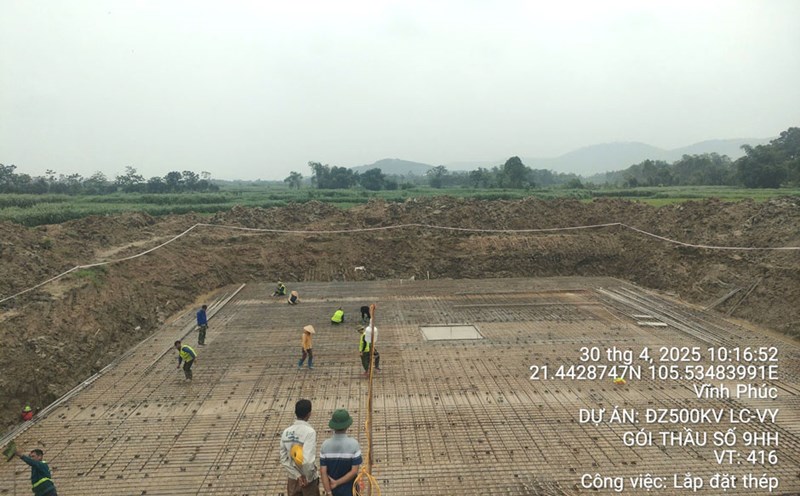In April 2025, Khanh Hoa Provincial People's Committee has a project to reorganize commune-level administrative units.
Khanh Hoa province has a roadmap to resolve the regime and policies for redundant cadres and civil servants after implementing the arrangement of commune-level administrative units in the period of 2026 - 2029.
Accordingly, the number of cadres and civil servants expected to be arranged in commune-level administrative units after the arrangement in the province in the direction of maintaining the current number of cadres and civil servants at district and commune levels is 3,281 people (ads include the number of commune-level cadres before the arrangement to hold party and union positions).
In 2025, it is expected to streamline 393 people (captain: 243 people, civil servant: 150 people). The number of commune-level cadres and civil servants will be arranged to ensure compliance with regulations after 5 years is: 1,312 people/41 commune-level administrative units.
In particular, the number of redundant cadres and civil servants who need to be streamlined in the 2026-2029 period is expected to be about 1,576 people (ads including the number of commune-level cadres before being arranged to hold party and union positions), and it is expected to allocate the streamlining ratio evenly from 2026 to 2029 to ensure that by 2030 the arrangement will be implemented in accordance with the regulations of competent authorities.
To achieve the above streamlining figure, Khanh Hoa province has developed solutions to implement the regime and policies for cadres, civil servants, public employees, workers, and part-time workers after implementing the arrangement of administrative units.
Based on the regulations of the Central Government, the locality will develop outstanding policies and additional support policies for cadres, civil servants, public employees, workers, and part-time workers when implementing the restructuring of the apparatus, restructuring and arranging administrative units at all levels of the political system in the province.
Develop guidelines for evaluation criteria to implement the arrangement, arrangement and resolution of regimes and policies according to the provisions of the Government's Decrees as well as the specific regimes and policies of the province...
The situation of public offices according to district-level administrative units has a total of 1461. The number of headquarters under management and use is 1,337; the number of surplus headquarters is 124.
Regarding the plan, after the commune-level administrative unit is formed, the surplus headquarters will be "transferred to the locality for management and handling".
The roadmap for the period 2025 - 2029, for now, the Project on arranging commune-level administrative units (not district-level organizations) has not been approved by competent authorities; therefore, the working headquarters for determining surplus has no basis.
Therefore, after the competent authority issues a Resolution approving the Project on reorganization at the commune level, the commune-level administrative unit will have a basis to develop a plan to handle headquarters and public assets according to the instructions of the Ministry of Finance. By 2026, localities will complete the handling of surplus headquarters according to regulations.
According to land statistics as of the end of 2024, the natural area of Khanh Hoa province is 5,200 km2, with a population of 1,477,711 people. The number of district-level administrative units is 9 units, including 6 districts, 1 town, 2 cities; the number of commune-level administrative units is 132 units, including 96 communes, 30 wards, 6 towns.
Ninh Thuan province has a natural area of 3,355 km2, population of 765,843 people. The number of district-level administrative units is 7 units, including 1 city and 6 districts; the number of commune-level administrative units is 62 units, including 47 communes, 12 wards and 3 towns.
Khanh Hoa province (after merging Ninh Thuan province and Khanh Hoa province) has a natural area of 8,555 km2 (reaching 171.12% of the standard), a population of 2,234,554 people (reaching 159% of the standard) and 65 administrative units (48 communes, 16 wards, 1 special zone).











